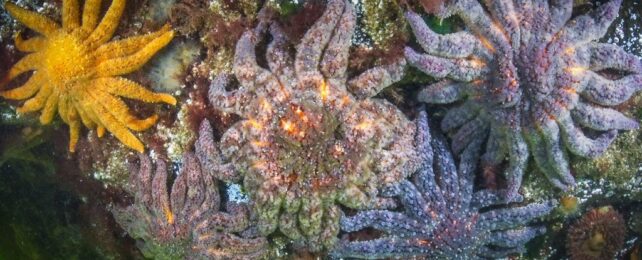Billions of sea stars have wasted away in recent years, their crustose, spiny bodies melted to goop by a mysterious illness known as sea star wasting disease.
The culprit behind this epidemic has evaded detection, until now. Four years of gene sequencing and lab experiments have finally revealed the exact pathogen behind this devastating starfish plague – a bacterium called Vibrio pectenicida.
The outbreak, which was first reported in November 2013, rattled ecosystems across the west coast of North America, while similar reports of wasting events extend across the globe, affecting more than 40 species worldwide.
Related: Mysterious Syndrome Turning Sea Stars Into Goo Reveals Another Strange Twist
The disease begins with lesions on their bumpy exteriors. Then the muscles begin to disintegrate, the stars' arms twisting and even falling off. Within days, they are dead.
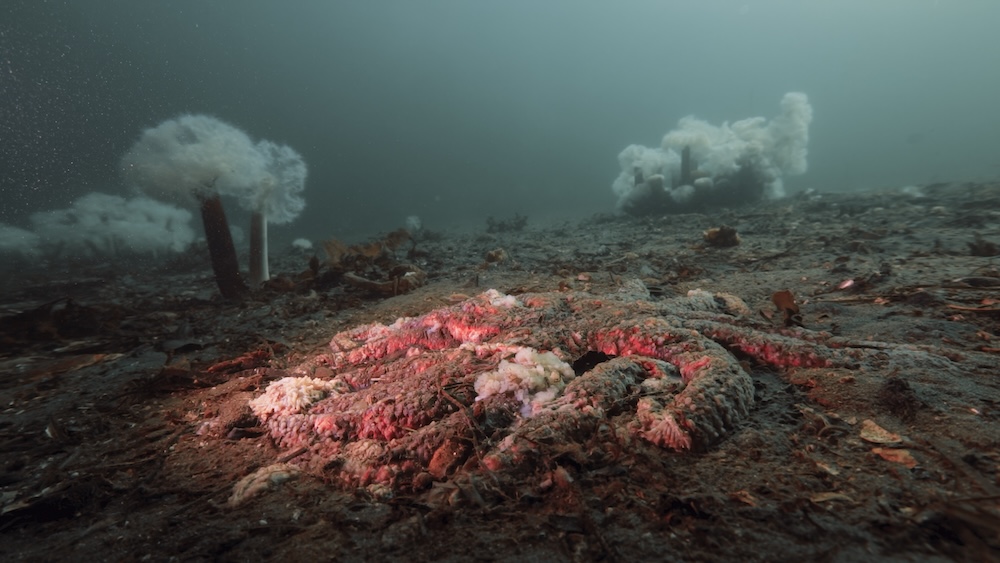
Sunflower sea stars (Pycnopodia helianthoides) were hit particularly hard in the early years, experiencing a decline of more than 90 percent.
These dinner-plate starfish can have as many as 24 arms, and come in brilliant sunset gradients of orange and purple. But the disease, paired with deadly marine heat waves caused by anthropogenic climate change, have all but extinguished these brilliant stars.
By 2015, they had basically vanished from West Coast shores from Alaska to Mexico, leading the International Union for Conservation of Nature to declare them critically endangered in 2020.
Aside from being beautiful, sea stars fulfil an important role in their ecosystem by eating sea urchins, which eat kelp. In the sea stars' absence, urchins have run rampant in the region's already-struggling kelp forests, transforming these once-lush, multi-story underwater habitats into barren wastelands.
These ripple effects add to the urgency of finding a cure: kelp forests provide important habitat for ecologically, culturally, and commercially valuable species like sea otters, seals, porpoises, fish, lobsters, crabs, and shrimp. They absorb carbon dioxide, reducing the build-up of greenhouse gases and protecting shorelines from the worst effects of storms.
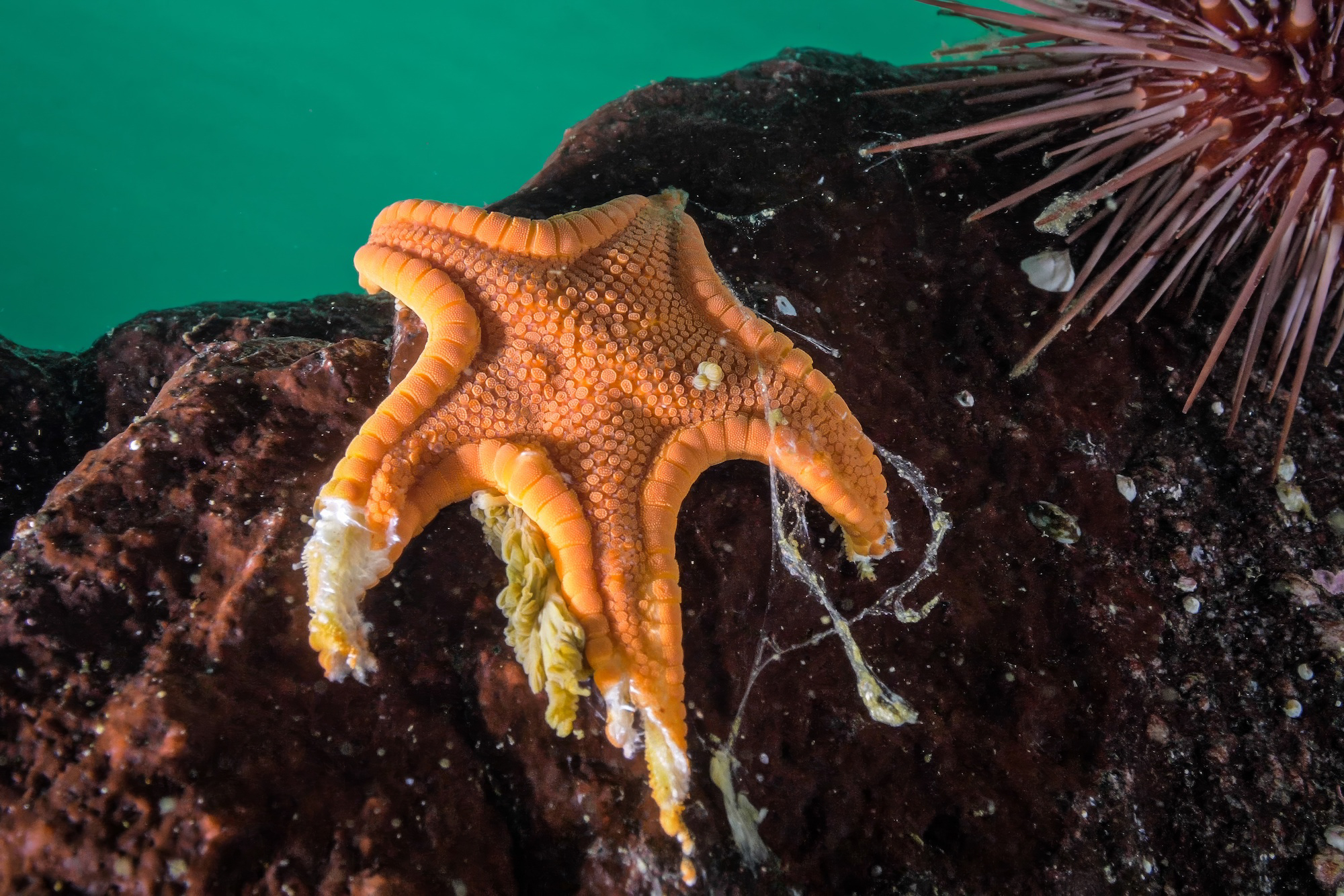
Vibrio pectenicida is of the same genus that causes cholera in humans and bleaching in corals. But, as University of Washington marine ecologist Drew Harvell says, "this Vibrio is a sneaky critter because it doesn't show up on histology like other bacteria do," perhaps because of its ability to produce an immune-inhibiting toxin.
"From initial studies, we thought the culprit was a virus," says Harvell, a member of the international team that tracked down the evasive bug. "So it was a surprise to find the pathogen in a more common group of bacteria."
Other hurdles have stood in the way of identifying this bacterium: the difficulty in finding any disease-free starfish for comparison; the apparent lack of visible pathogens in diseased tissue; the shortage of knowledge we have on marine infectious diseases in general.
Evolutionary ecologist Melanie Prentice led the team in seven controlled exposure experiments, using sunflower sea stars that were bred in captive quarantine.
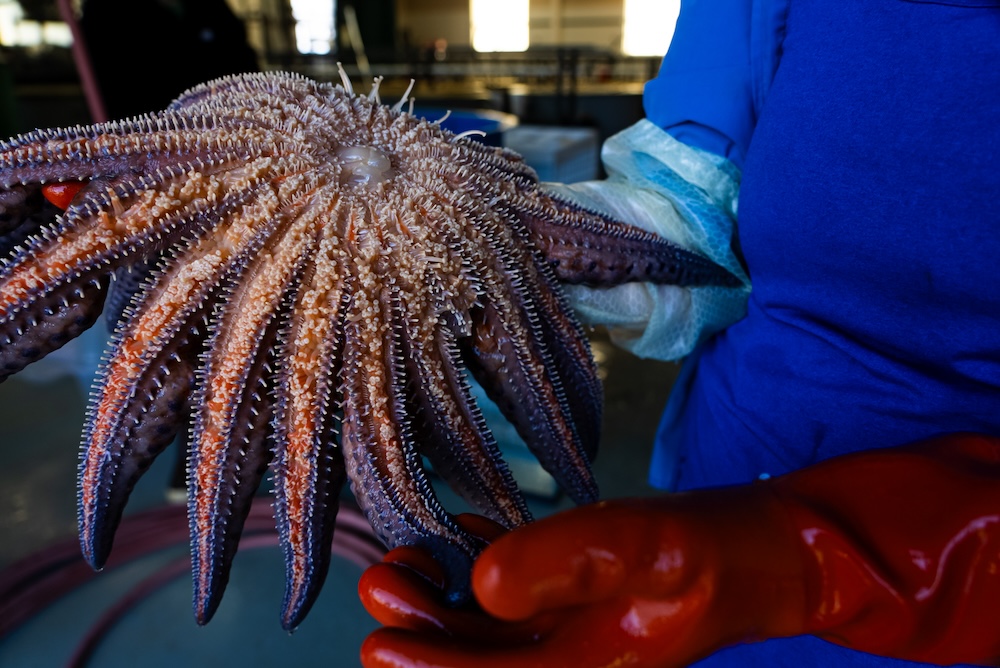
When exposed to infected star tissue or fluids, these healthy starfish soon deteriorated, their arms twisting in the familiar sequence that eventually results in death.
The scientists knew that if the pathogen was viral, it would be able to pass through a 0.22 micrometer filter, or survive heat treatment. But starfish exposed to diseased material that had been filtered or heated survived, unscathed, betraying the disease's bacterial origin.
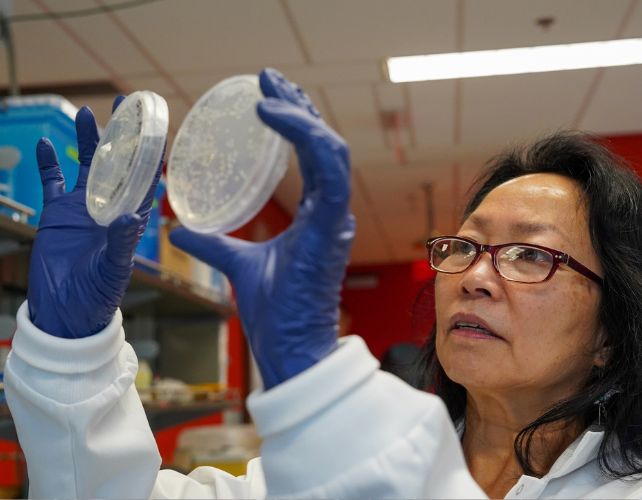
RNA sequencing of infected samples of sea star from both the lab and the ocean revealed the presence of V. pectenicida, a known pathogen of scallop larvae and oysters. This particular strain of the bacterium, FHCF-3, was isolated from infected sea stars and used to infect healthy ones. It wasn't long before their legs began twisting and melting: only then did the team know for sure that they had found their offender.
"We all had chills. We thought, that's it. We have it. That's what causes wasting," says marine disease ecologist Alyssa Gehman from UBC and the Hakai Institute in Canada.
"Understanding what led to the loss of the sunflower sea star is a key step in recovering this species and all the benefits that kelp forest ecosystems provide," says Jono Wilson, the director of ocean science for The Nature Conservancy's California chapter.
The team suspects climate change might have a hand in the outbreak, since Vibrio bacteria are known to proliferate in warmer waters. Indeed, some sunflower sea star populations are clinging to life in British Columbia's cold-water fjords, which may be too cold for the bacteria to take hold.
"Those patterns of Vibrio in general suggest that we really should look down that road to see how temperature dependence matters," says Gehman from Hakai Institute.
All this gives us a better shot at protecting the world's starfish, so that they can continue to protect the ecosystems they inhabit and foster, and that we depend on. The sea just wouldn't be the same without its stars.
This research was published in Nature Ecology & Evolution.
